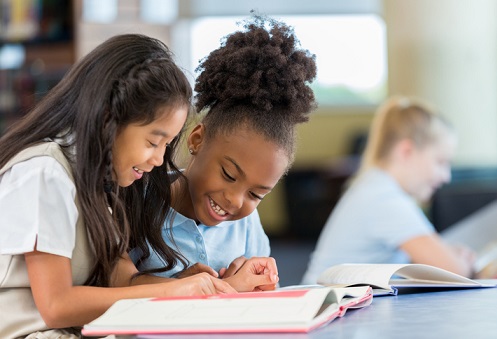
A Canadian study has shed light on the issue of racial bias among school children, and provided some valuable lessons for schools.
The study, titled: ‘A cross‐cultural investigation of children’s implicit attitudes toward White and Black racial outgroups’, was undertaken by York University and published on Monday.
Professor Jennifer Steele from York University’s faculty of health – together with Meghan George and her former PhD student Amanda Williams – conducted two studies which examined implicit racial bias in traditionally understudied populations.
The first study looked at non-black minority children living in an urban North American community with a large Black population.
According to the findings, these children showed an implicit pro‐White (versus Black) bias in early childhood. Contrary to previous findings, the magnitude of this bias was lower among older children.
The second study looked at Malay (majority) and Chinese (minority) children and adults in the Southeast Asian country of Brunei, with limited contact with White or Black peers. These children showed an implicit pro‐White (versus Black) bias in early childhood.
However, the magnitude of bias was greater for adults.
According to Professor Steele, this could be because they have had more time and opportunity than children to develop positive associations with people from white racial outgroups, due to their depiction and overrepresentation in high-status roles in the news and online.
This research has some important lessons for schools, says Professor Steele.
“These results, combined with other research, indicate the importance of giving children the opportunity to connect with people from diverse groups early in life in order to challenge racial biases,” she said.
“It is important for children to be exposed to diversity in their lives and for them to learn to appreciate this diversity.”
This can include showing children stories and videos where the main characters are from different backgrounds and live in racially homogenous environments. Other activities can include positive experiences in multicultural cities, says Steele.
“In our educational system, it is important that our materials reflect our increasingly diverse communities, and that children have the opportunity to learn about successful, contributing members of society from all walks of life,” she said.
“This can help to challenge racial biases and can help to contribute to a more equitable society for everyone.”
Related stories:
Why migrant students perform better at school
Schools must fight racism to become inclusive
‘Race lessons’ coming to preschools


